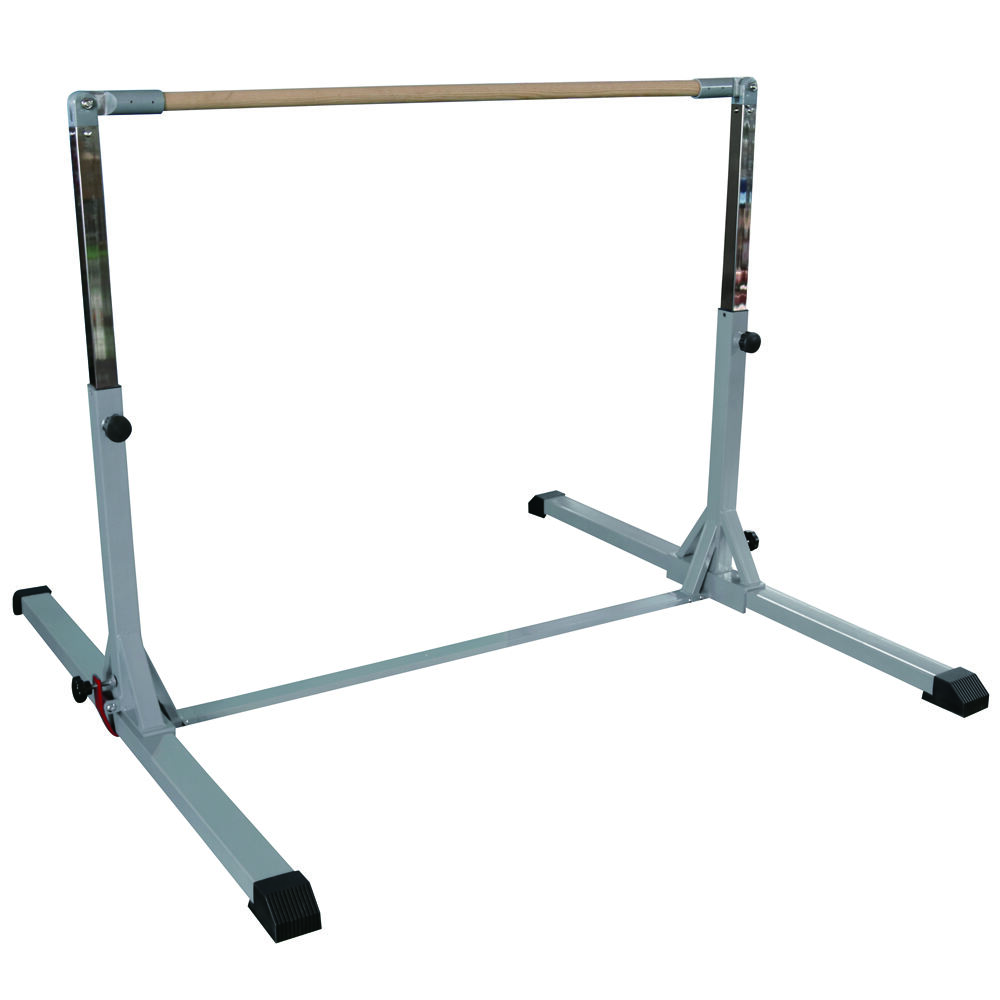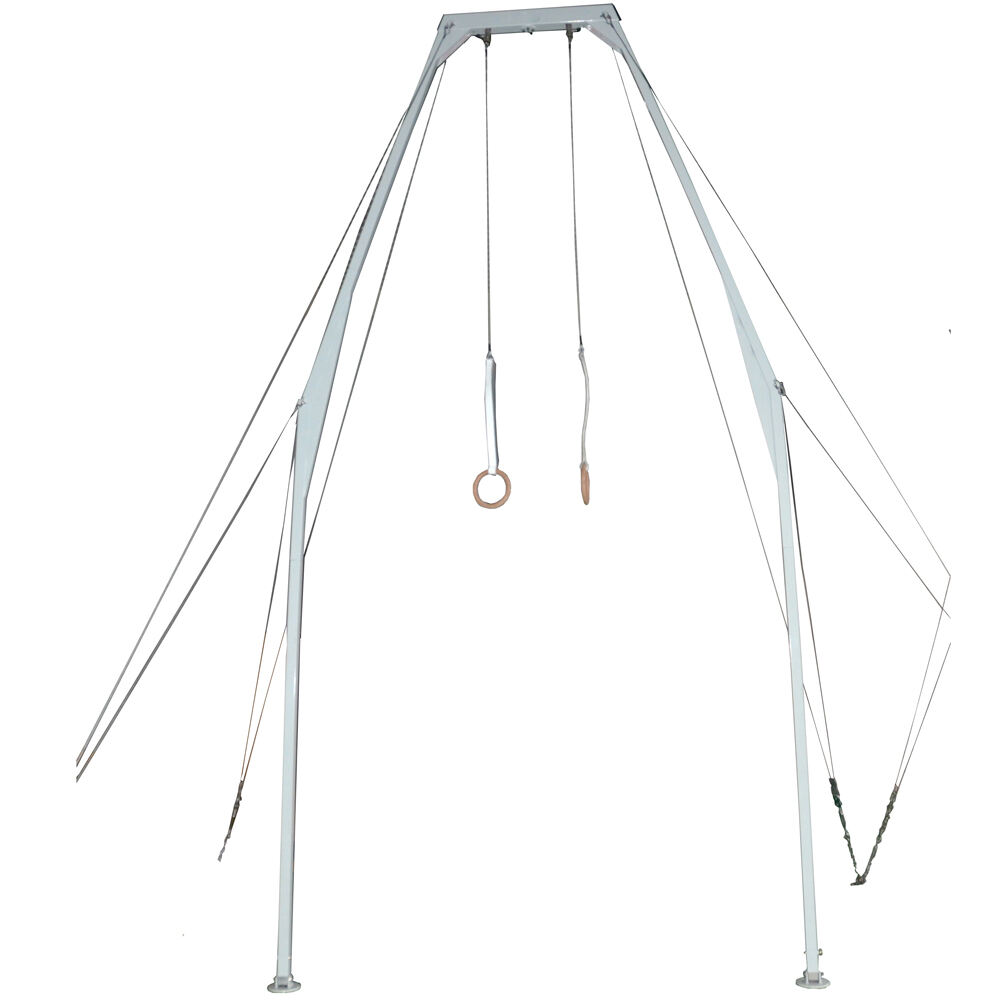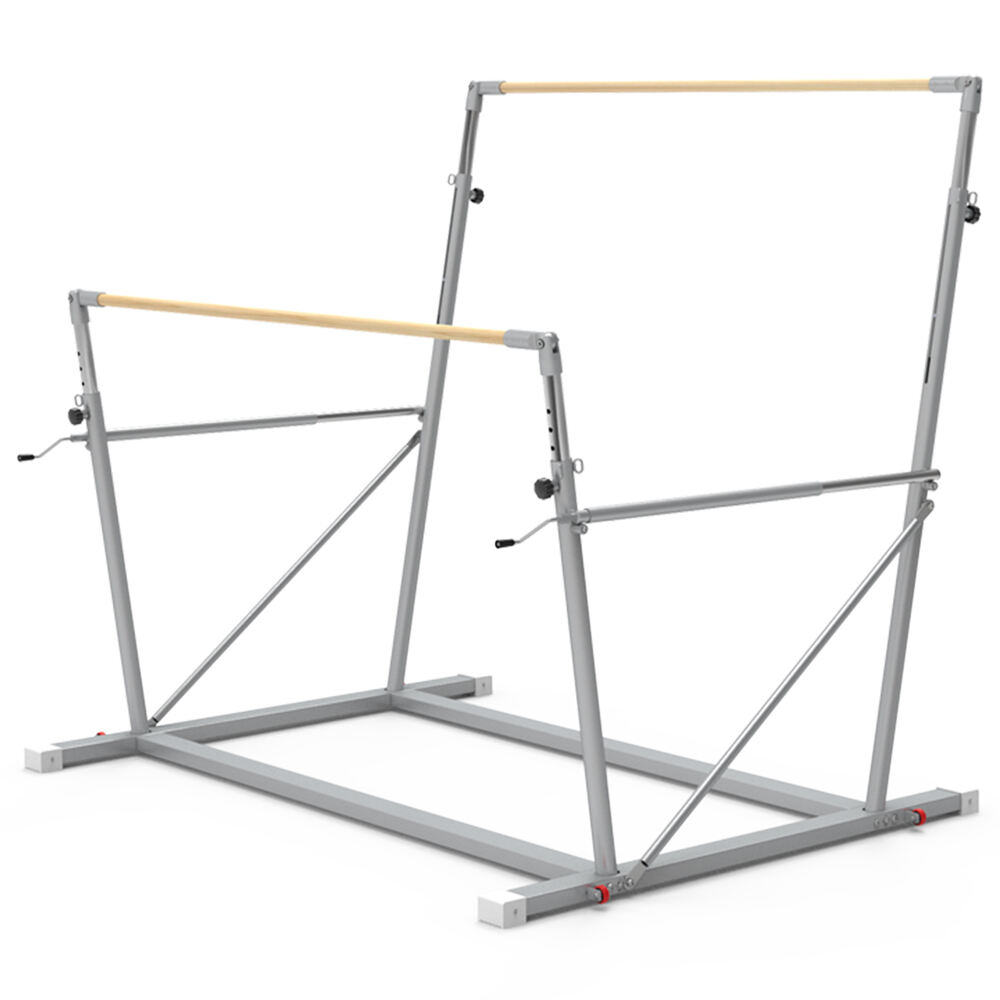rhythmic gymnastics clubs
Rhythmic gymnastics clubs are essential apparatus used in one of the most graceful and artistic forms of gymnastics. These specialized pieces of equipment, typically measuring between 40-50 centimeters in length, are crafted from synthetic materials like rubber or plastic, featuring an elongated bottle-like shape. Modern clubs incorporate advanced materials that provide optimal weight distribution and enhanced grip technology, allowing gymnasts to perform complex maneuvers with precision. The clubs are designed with a bulbous head, tapered neck, and body, enabling smooth rotations and facilitating various throwing patterns. They come equipped with non-slip surfaces and balanced weight distribution, making them ideal for both beginners and advanced practitioners. These apparatus are engineered to meet specific competition standards set by the International Gymnastics Federation, ensuring consistency in performance across all competitive levels. The technological innovation in club design includes impact-resistant materials that withstand frequent contact with the floor while maintaining their structural integrity. Additionally, many contemporary clubs feature customizable weight options and ergonomic grips that can be adjusted to suit individual preferences and skill levels.


